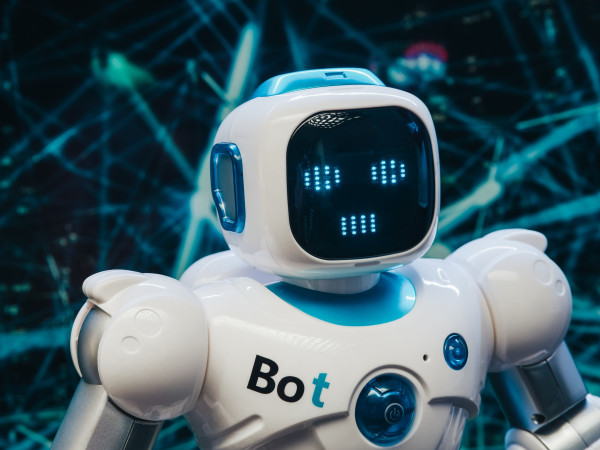While the financial services sector may lag other industry sectors with regard to the technological revolution, its pace of acceleration and direction of travel are clear.
Before we can understand how emerging technologies – such as artificial intelligence, data science and machine learning – can be applied within the financial services sector, it is important to understand exactly what we mean.
What is AI?
One useful definition of AI is the application of computing in areas where human beings traditionally operate. This can be compared to traditional 'deterministic' programming, which usually follows an ‘if this, then that’ sequence of logic.
AI often uses techniques that mimic or are inspired by human behaviour or cognition. AI might be employed in areas where humans can make judgments, use intuition or break down complex sets of inputs into very simple outputs.
We often talk about the idea of strong or weak AI. Weak AI, sometimes called narrow AI, focuses on performing a specific task, while strong AI can perform a number of functions and will eventually – in theory – teach itself to develop a human-like consciousness rather than simulate it.
While I believe we are on the road to creating things that are autonomous and therefore hold a degree of self-awareness, we are a very long way away from true consciousness or what I like to think of as a system effectively developing a ‘soul’. We will leave that to the realm of science fiction, at least for the foreseeable future.
Data science
Debates exist as to whether data science as a discipline sits underneath AI or vice versa, or whether they sit adjacent to one another. I would argue that AI is a subset of data science, which is the scientific analysis of data using mathematical and statistical tools to develop insights and understanding. These insights and narratives can then either be used to fuel behaviours or simply have a value in their own right.
Machine learning is a subset of AI, which also makes it a subset of data science. Machine learning refers to the application of AI capabilities based on historical data and machines making inferences from that data as opposed to a completely deterministic computer programme. The way many computer programmers are taught – the way I was taught – is that you give a computer a specific instruction and it will perform that one instruction every single time.
Think of it as telling the computer, ‘If you get given this input, and this is true, then you will perform X task.’ That is, you will achieve that particular output.
Desired outcomes











